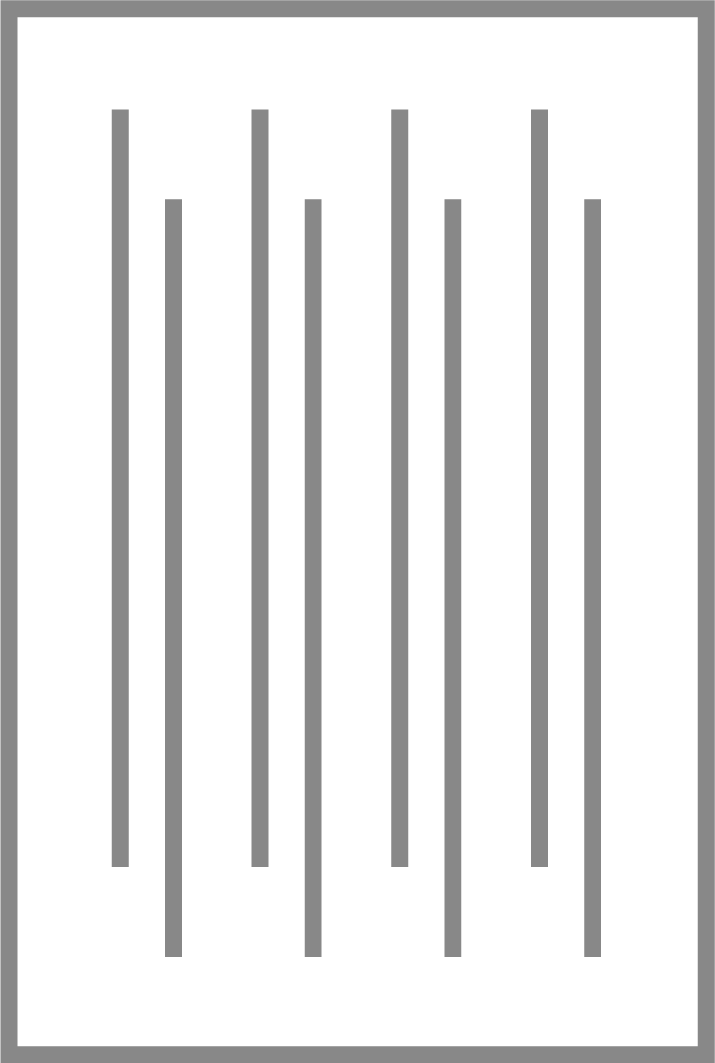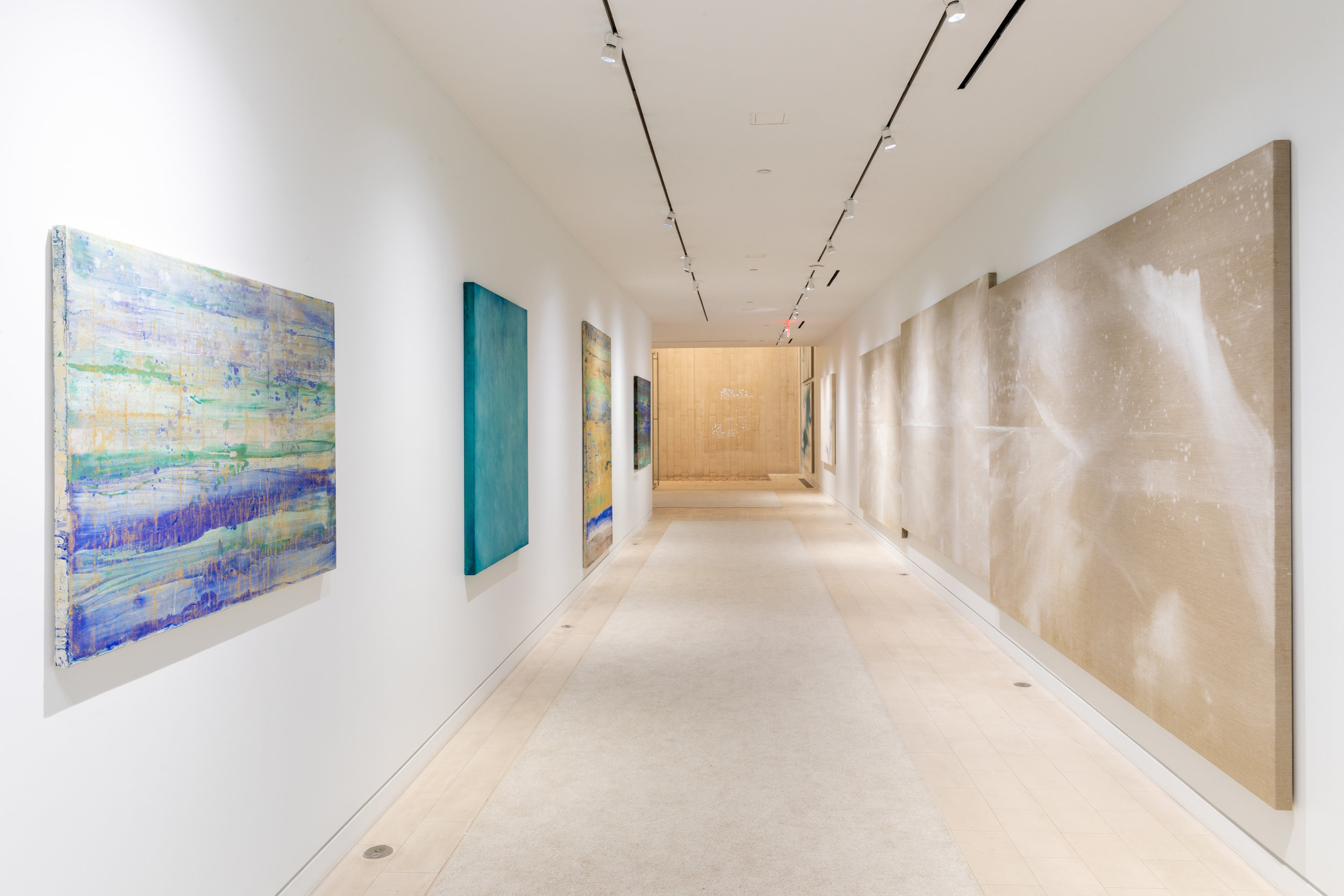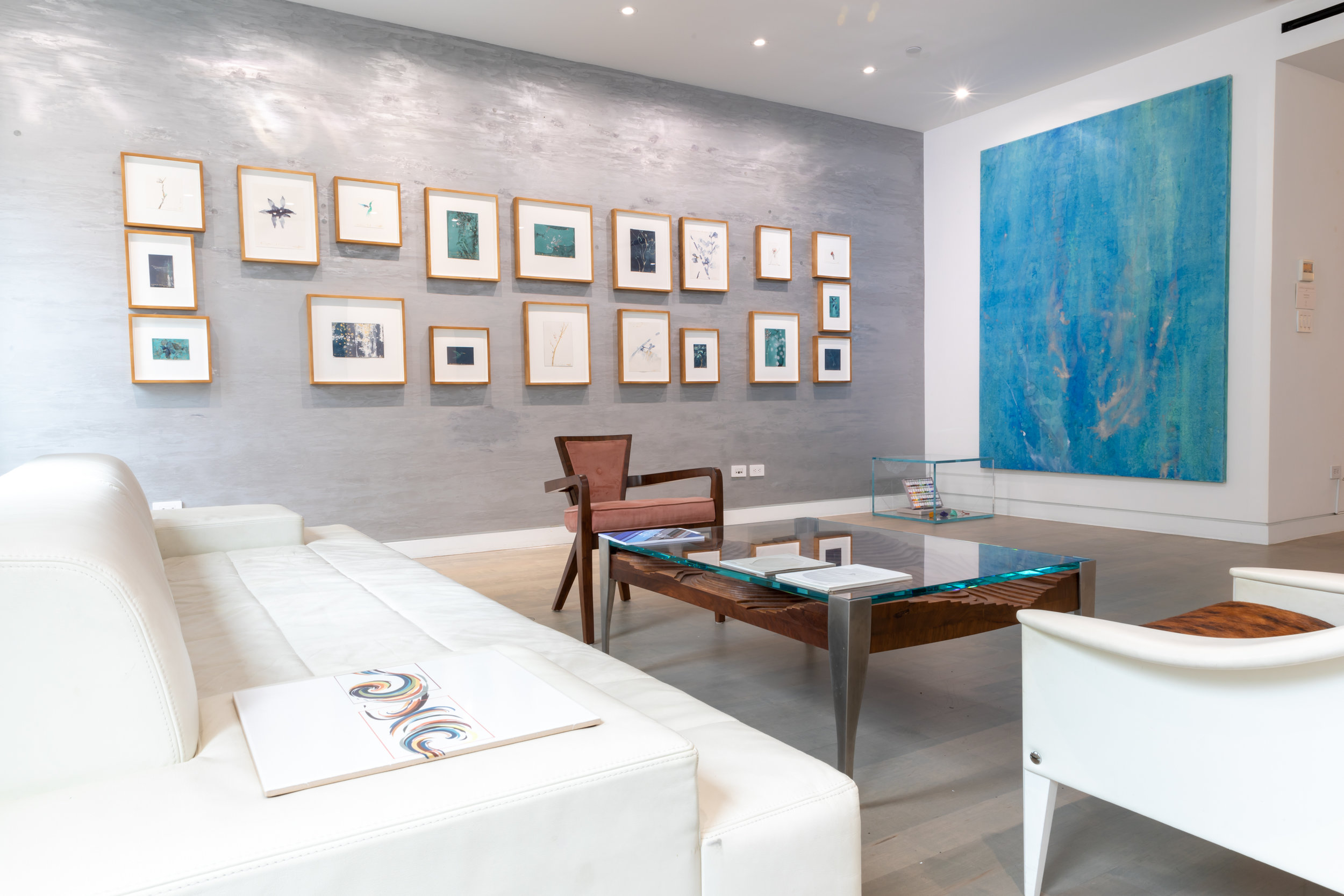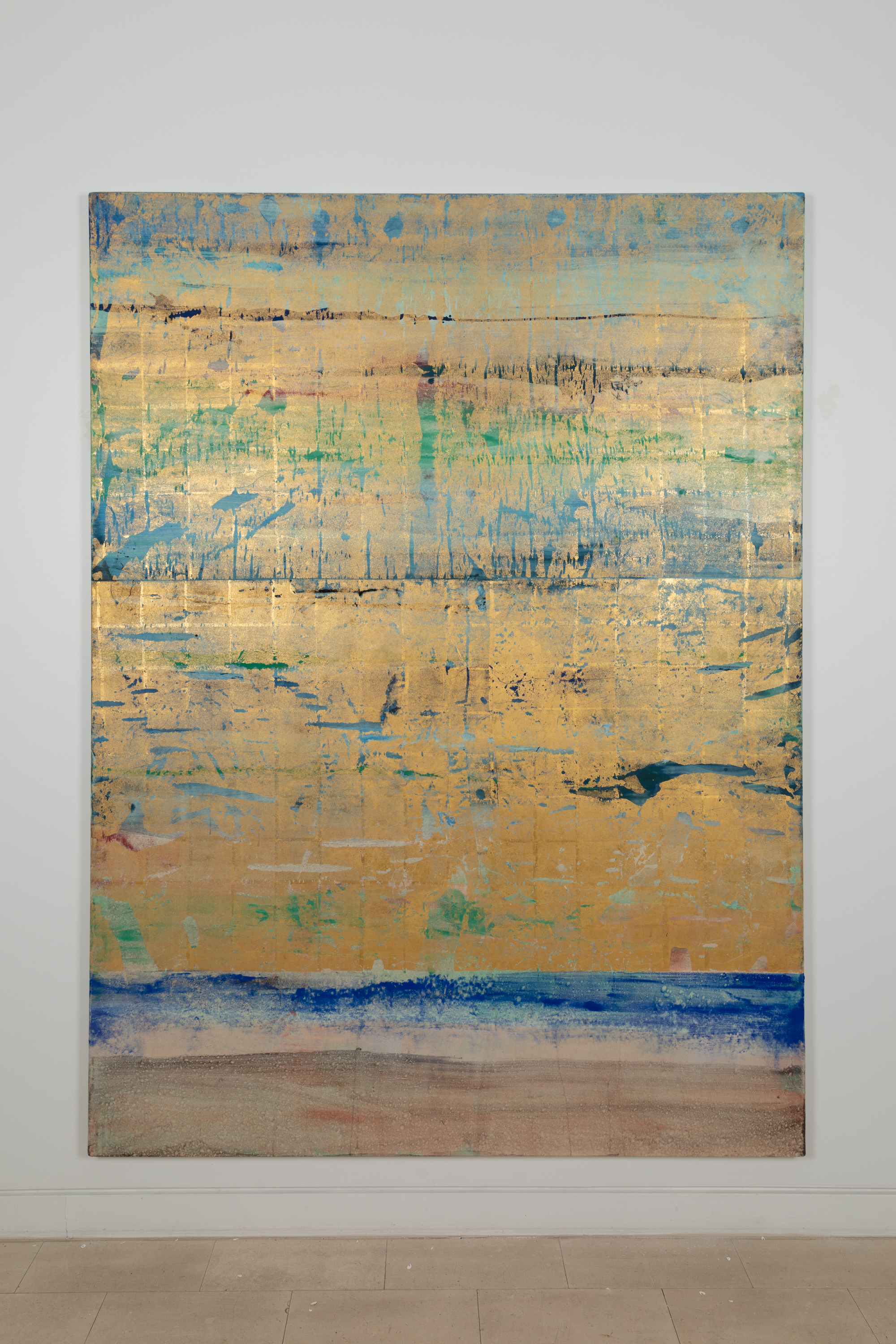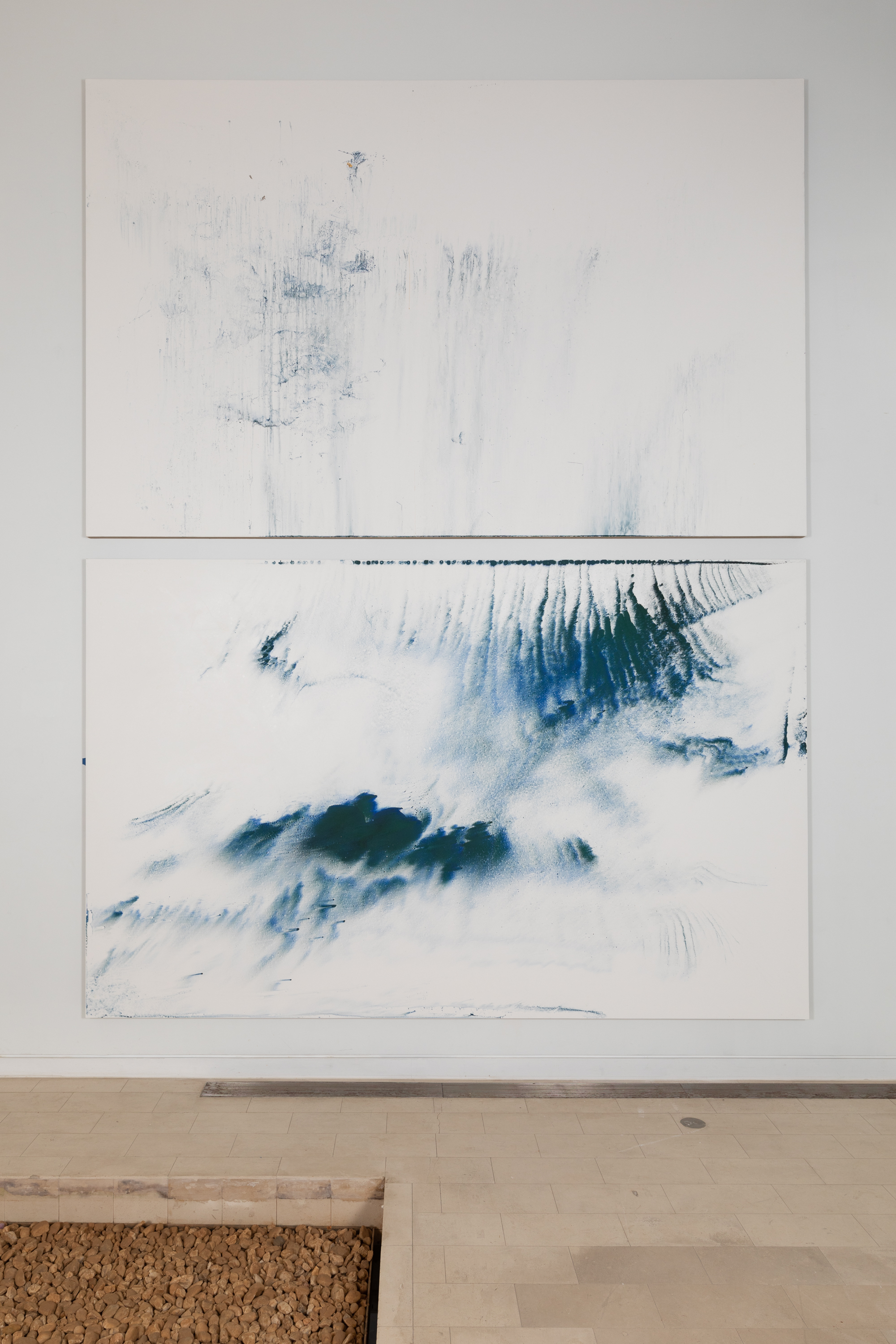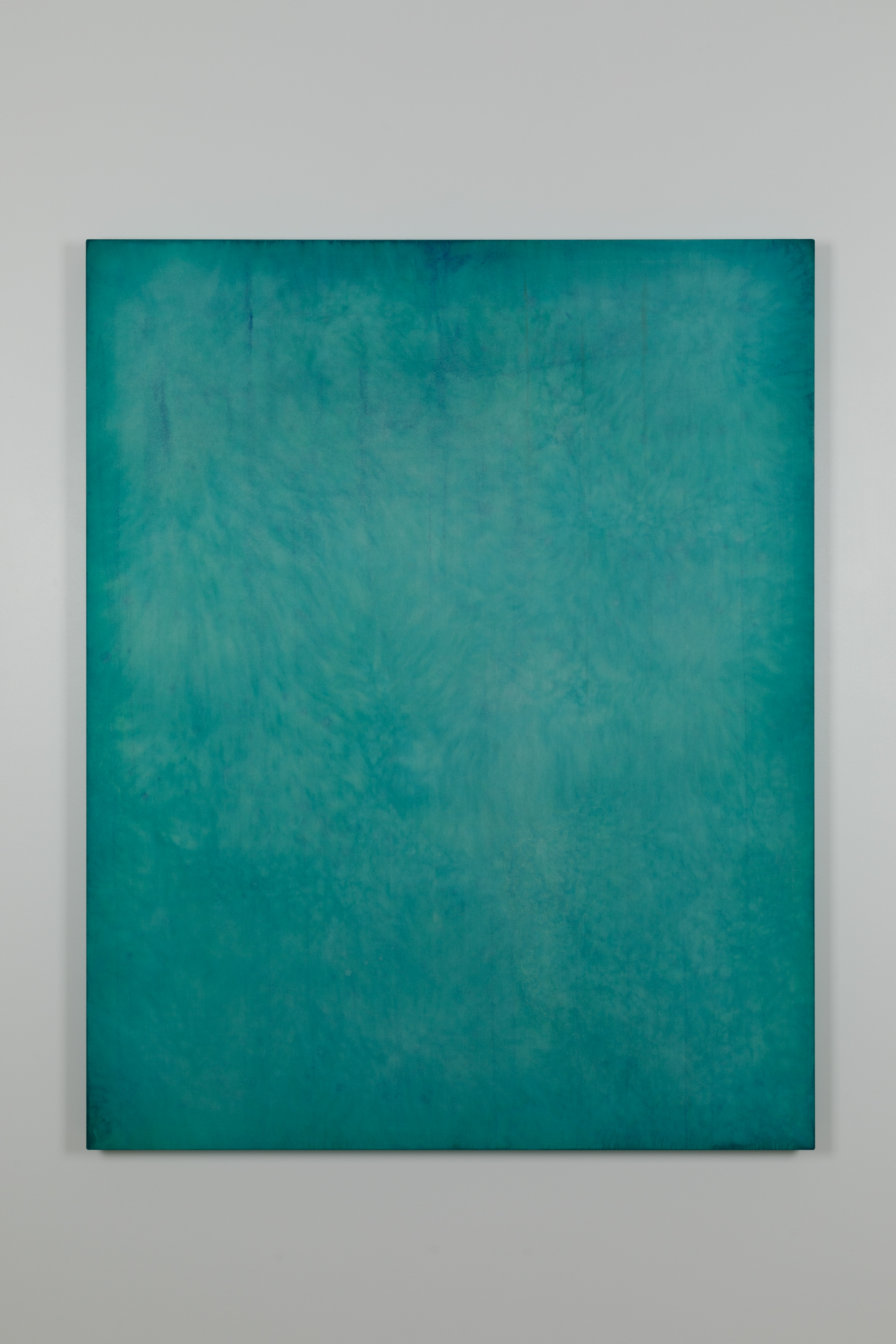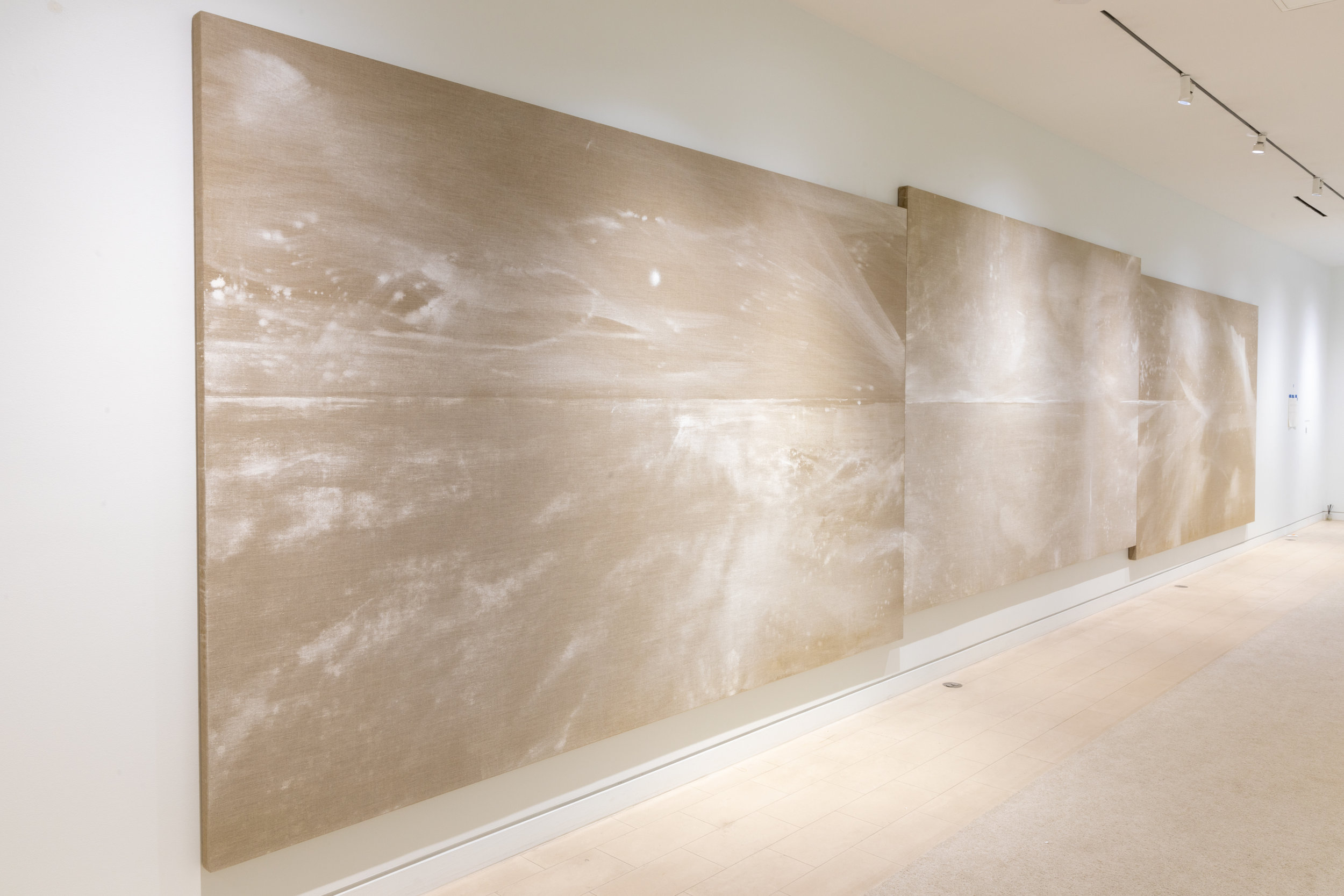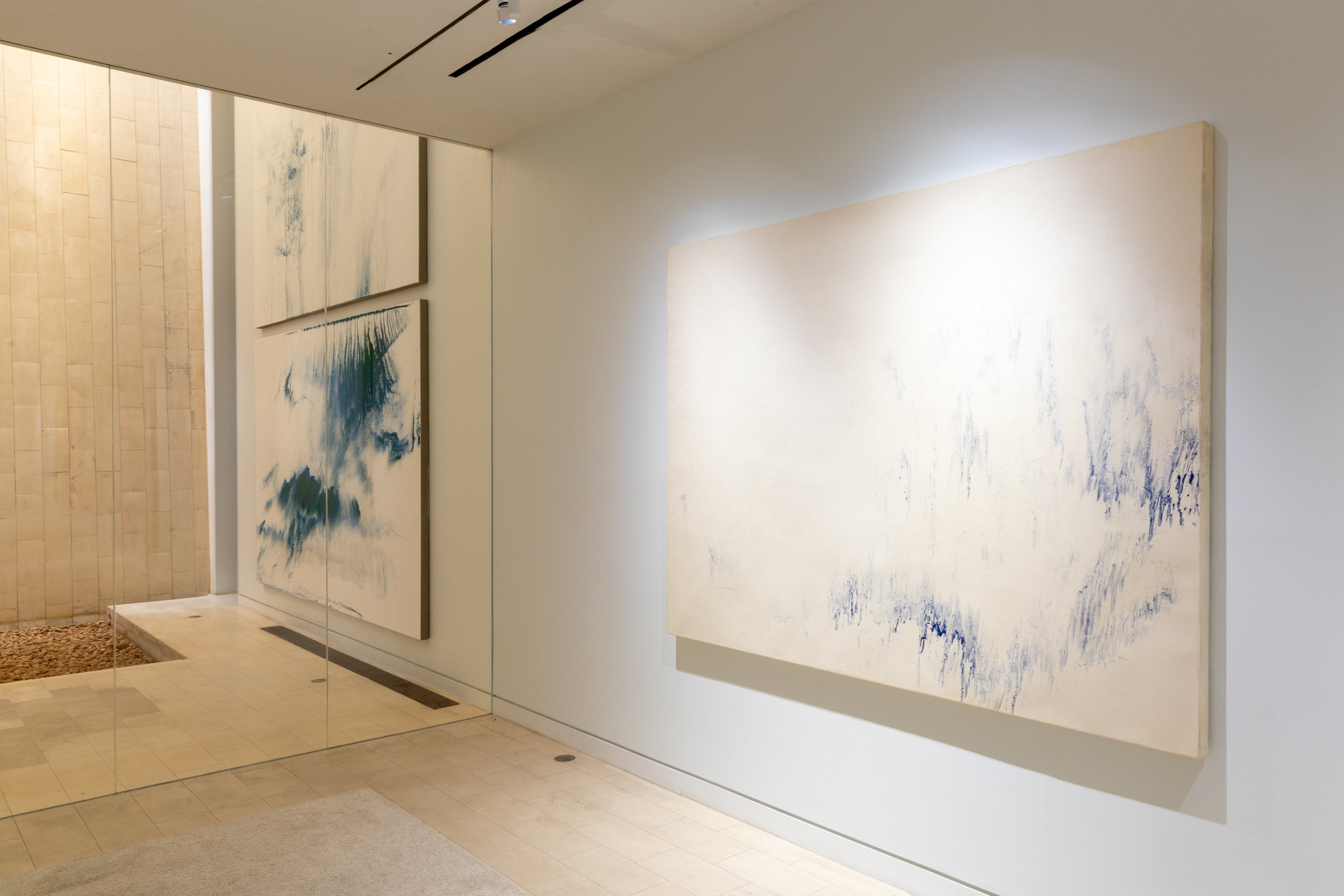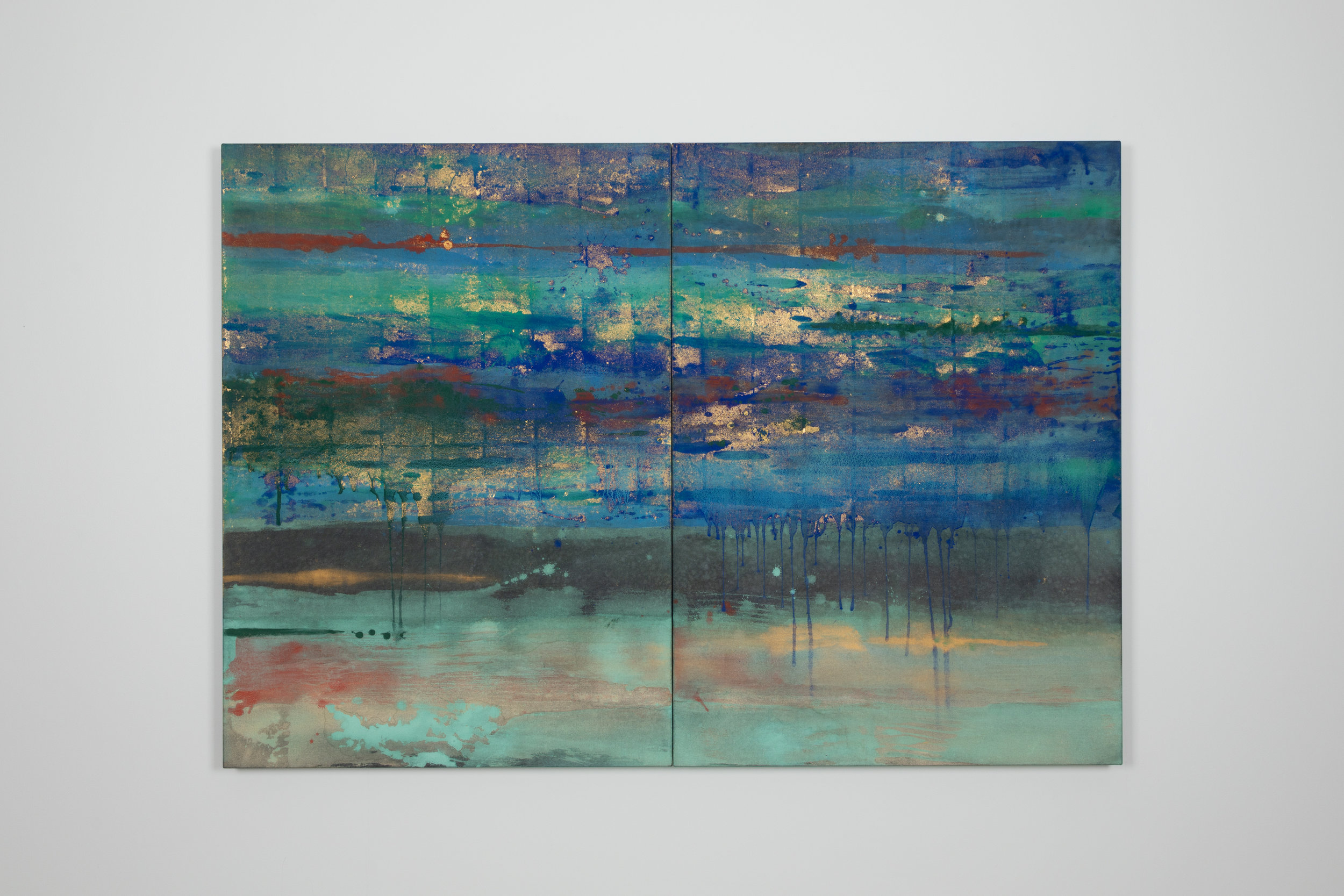SEA BEYOND
Makoto Fujimura
May 15 - August 17, 2019
Waterfall Gallery presents “Sea Beyond”, a Makoto Fujimura solo exhibition. It will feature Fujimura’s recent works, a monumental “Sea Beyond”, a 33’ triptych done only with Japanese oyster shell “gofun“ executed in Brehm, Fujimura’s studio in Pasadena, and “Golden Sea - A New Song”, which took two years to complete in Fujimura’s Princeton studio with unique gold/silk layering technique. Also included in the exhibit are brand new “Walking Upon Sea” large painting, small watercolor series “Mercy’s Gardens”, and Lichtenstein editions of new silkscreen “Golden Sea” prints.
Fujimura states: “The new paintings are part of generative works coming out of a dark period in my life, including the recent loss of my mother who was an educator and who saw my gift of art very early on. My memory of her taking me to Kamakura cove has influenced both ‘Golden Sea - A New Song’ and ‘Sea Beyond’. Both paintings are a new vista of possibilities that I see beyond the horizon of death and life. ”
Please join us at Waterfall Mansion & Gallery for Makoto Fujimura’s major solo exhibition following Sea Beyond.
Kate Shin’s Waterfall Mansion Gallery will be the first venue to feature Makoto Fujimura’s monumental work “Sea Beyond.” The elongated architectural masterpiece designed by Toshiko Mori, with a literal waterfall inside the alcove of a converted carriage house, echoes the ambitious scale and vision of Fujimura’s new works and his vision of Culture Care, both of which David Brooks of the New York Times recently highlighted. Brooks wrote: “I’ve felt a great need to take a break from this (hectic) pace every once in a while and step into a slower dimension of time. Mako’s paintings are very good for these moments.” (Read the full piece below). Kate Shin describes “Sea Beyond” and an ambitious companion project in Alpine, NJ, as “creating repose and quiet as a new kind of art space, a flourishing space.”
Remarkably, Fujimura severely limited the materials for these large works; just one type of earth material is used for each triptych. The choice of materials is an intentional part of Fujimura’s “Slow Art,” as Brooks notes. For instance, in 2018 Fujimura used a 90-year-old Sumi ink for the “Transfiguration” triptych inspired by his trips to Israel, and for this year’s exclusive offering, he created a triptych done only with pulverized oyster shell (Japanese “Gofun”) layered over and over on Belgium Linen for the “Sea Beyond” painting, which honors his childhood memory of his mother bringing him to Kamakura cove on the eastern coast of Japan. In the 13thcentury, Kamakura was a Japanese capital, and it features as a backdrop for all of Fujimura’s works. That Waterfall Mansion is the only fully LEED-certified green mansion in New York City accentuates Fujimura’s “Slow Art” and makes it a fitting site for work inspired by Kamakura’s integration of nature and culture, which spans many centuries.
The exhibition pairs “Sea Beyond” with Fujimura’s newly created “Golden Sea – A New Song,” for which he used a unique gold/silk layering technique inherited from the master Nihonga artist Matazo Kayama, Fujimura’s mentor during his National Scholar days at Tokyo University of the Arts. These new pieces painted in his Princeton and Brehm|Fujimura Pasadena studios define Fujimura’s major signature pieces to be featured in future museum exhibits around the world. He has exhibited in New York City over two-and-a-half decades and embarked on several museum exhibits, including his 2018 show at Tikotin Museum in Israel and an upcoming fall 2019 exhibition at the Gonzaga Jundt Museum in Spokane, Washington. His works have been reviewed widely in media including Art in America, The New York Times, The Wall Street Journal and Brooklyn Rail, and are in the collections of major museums including the Yokohama Museum, Tokyo Contemporary Museum, Saint Louis Museum and Huntington Library.
Fujimura states: “The new paintings are among the generative works coming out of a dark period in my life, including the recent loss of my mother, who was an educator and who saw my gift of art very early on. My memory of her taking me to Kamakura cove has influenced both ‘Golden Sea – A New Song’ and ‘Sea Beyond.’ I realized I had intuited the ‘Sea Beyond’ painting as an homage to her when she passed suddenly; the painting is a new vista of possibilities that I see beyond the horizon of death and life.”
Kate Shin states: “Fujimura’s work invokes a new type of integration of art, culture and the spirit. His care for nature and culture through his diligent study of Japanese culture, and what he has called ‘culture care’ expressions of empathy and hope in culture, are captured in his paintings. ‘Sea Beyond’ is a horizon of hope in the viewers’ lives to experience as well.”
When Joseph Beuys famously stated that “everyone is an artist,” he was affirming the deepest longings for connection between an artist and society. Fujimura’s work connects Beuys’ social aesthetic with the Japanese tradition — most notably, the tradition of Sen no Rikyu, the venerable 16th-century tea master and progenitor of the Japanese aesthetic. “Sea Beyond” can also be regarded as a portal through which each viewer can embark on a journey to see beyond the horizon of life and even death. Like Fujimura’s life as an artist, and his leadership of the “Culture Care” movement that is a catalyst to bring healing to the divided culture, “Sea Beyond” gazes toward the generative possibility of hope and provides a “resurrection moment” in New York City.
Fujimura finds the seed of “Sea Beyond” in his consideration of Rachel Carson’s writings, and the poetry of Emily Dickinson. Dickinson’s line “Death – so – the hyphen of the Sea” has inspired Fujimura’s past lectures on Culture Care. In his recent keynote address at Baylor University’s conference “Stewardship of Creation,” he detailed his reading of Carson and Dickinson.
The images in “Sea Beyond” were birthed during a collaboration with Kate Shin to create a new set of editioned prints at Lichtenstein Studios. The discovery process can be seen at this Waterfall Mansion exhibit.
Fujimura states: “The monumental ‘Sea Beyond’ was executed in Brehm|Fujimura Studio in Los Angeles, and had been inspired by the horizons of the Newport Beach area. I was at the beach when I heard that my mother had passed; and I looked at the horizon, literally to ‘see beyond,’ and realized that the Kamakura beach where my mother took me as a child literally, and directly, meets the horizon of Newport Beach. Such an intuitive leap happens often in the creative journey—I was painting an elegy for my mother even before she had passed.”
To see beyond is to connect our past, our present and our future — to “stitch them” as Emily Dickinson’s dashes and hyphens do in her poems. “Sea Beyond” is a song of remembrance, or of re-membrance, that connects divided ‘members’ of our lives.
A Re-membrance and Kintsugi
Recently, Fujimura was invited to speak to the families of Columbine High School during their 20th commemoration of the horror that took place there on April 20,1999. Immediately after the news of the shooting broke in 1998, he began a series of paintings focused on columbine flowers, which in medieval times were a symbol of the Holy Spirit. For these works intended as an elegy he used the same oyster shell technique that is employed in “Sea Beyond.” Fujimura presented a painting of columbines to the high school, along with a 17th-century Kintsugi bowl. Kintsugi is an artistic technique that grew out of Sen no Rikyu’s aesthetic; a Kintsugi master will repair a broken tea vessel using gold and Japan lacquer, and the resulting piece is even more valuable than the original.
“The Columbine High School incident broke open a deep lament in me,” Fujimura says. “I intuited that something had drastically shifted in our culture. Little did I know that it was the beginning of a series of traumatic events, and that I was raising my children and painting in what would become, two-and-a-half years later, Ground Zero in New York City. My art began to directly address the trauma of our days, from 9/11 to the 3/11 tsunami in Japan, and beyond. The parents of Columbine told us that this would be their last public commemoration — that they need to ‘move forward.’ I realized that we now will be in a season of these milestone commemorations: 20th anniversaries of 9/11, Virginia Tech shootings, of the 2006 shootings at an Amish school, of the Sandy Hook Elementary School slaughter in 2012, the earthquake and tsunami in Japan on 3/11/2011, the Boston Marathon bombings, and on and on. What kind of cultural language do we need for such a deluge of remembrance? Kintsugi is re-membrance, allowing us to ‘move forward’ while honoring the victims and our past traumas.”
Fujimura’s creation of “kintsugi moments” can be traced throughout his life and his art. His Fujimura Fellows program at the Brehm Center in Pasadena and his continued work in the community at Princeton invite the next generations of makers to spend time in the studio, to collaborate, and to create artistic “kintsugi” expressions. Such a journey toward the social impact of an artist evokes Beuys. As Kate Shin observes, “Fujimura’s ‘art’ has not been captured fully in a single exhibit, a performance, his writings or his lectures. Waterfall Mansion is dedicated to both archiving and presenting his work in their totality, to create an emotive connection, an immersive ‘Sea Beyond’ experience.”
Makoto Fujimura is the subject of the New York Times article, Longing for an Internet Cleanse. In this piece, the distinguished columnist David Brooks details the exquisite process that is Makoto’s preferred style of painting - the traditional Japanese method referred to as nihonga. Carefully illustrating what it is like to view one of Makoto’s works, Brooks declares that after observing a piece for several minutes, “what had seemed like a plain blue field now looked like a galaxy of color.”
https://www.nytimes.com/2019/03/28/opinion/internet-cleanse.html?smid=nytcore-ios-share
Discover what it’s like to immerse yourself in a Makoto, and join us for his New Solo Exhibition, “SEA BEYOND” at Waterfall Mansion and Gallery.
